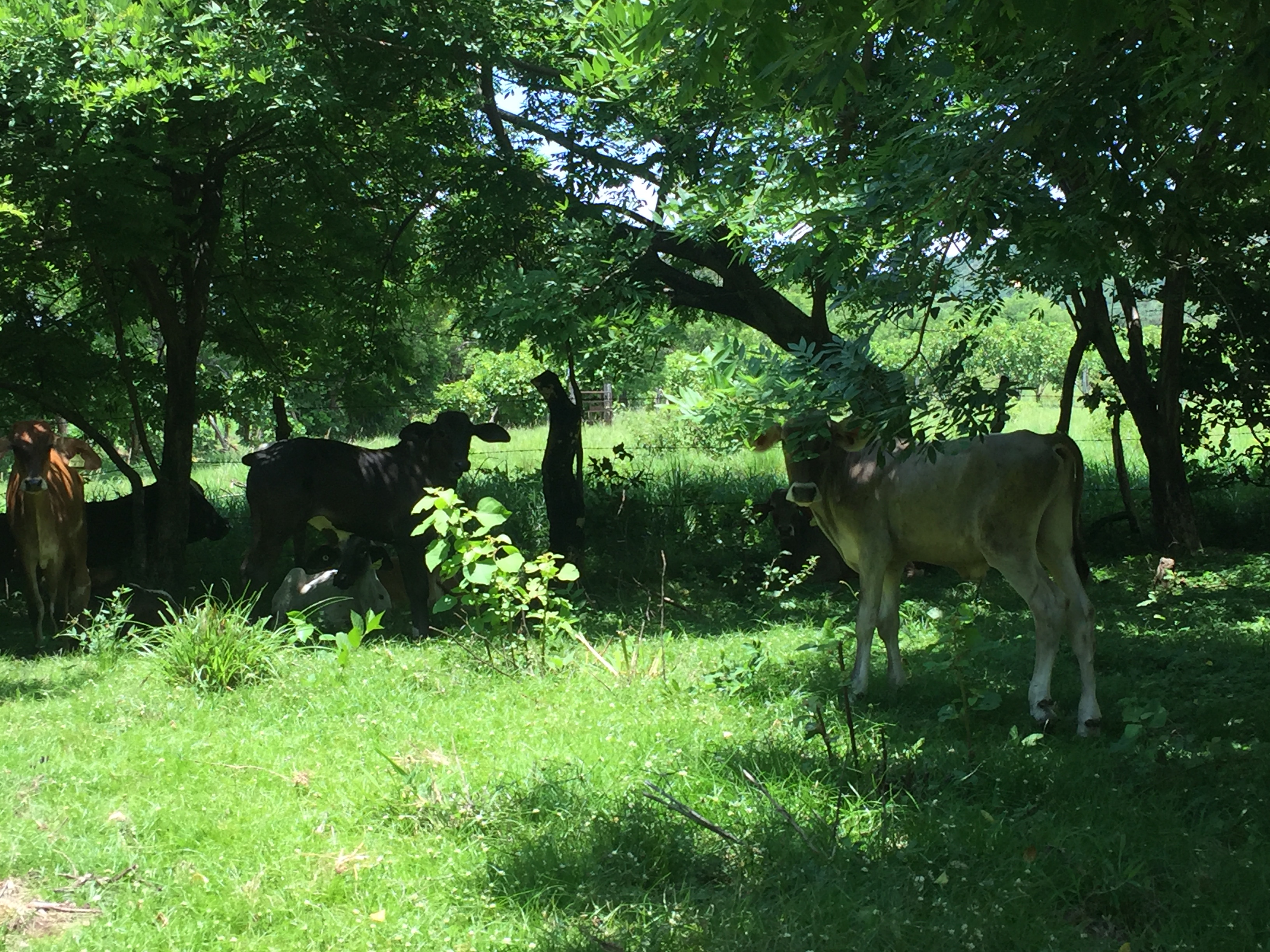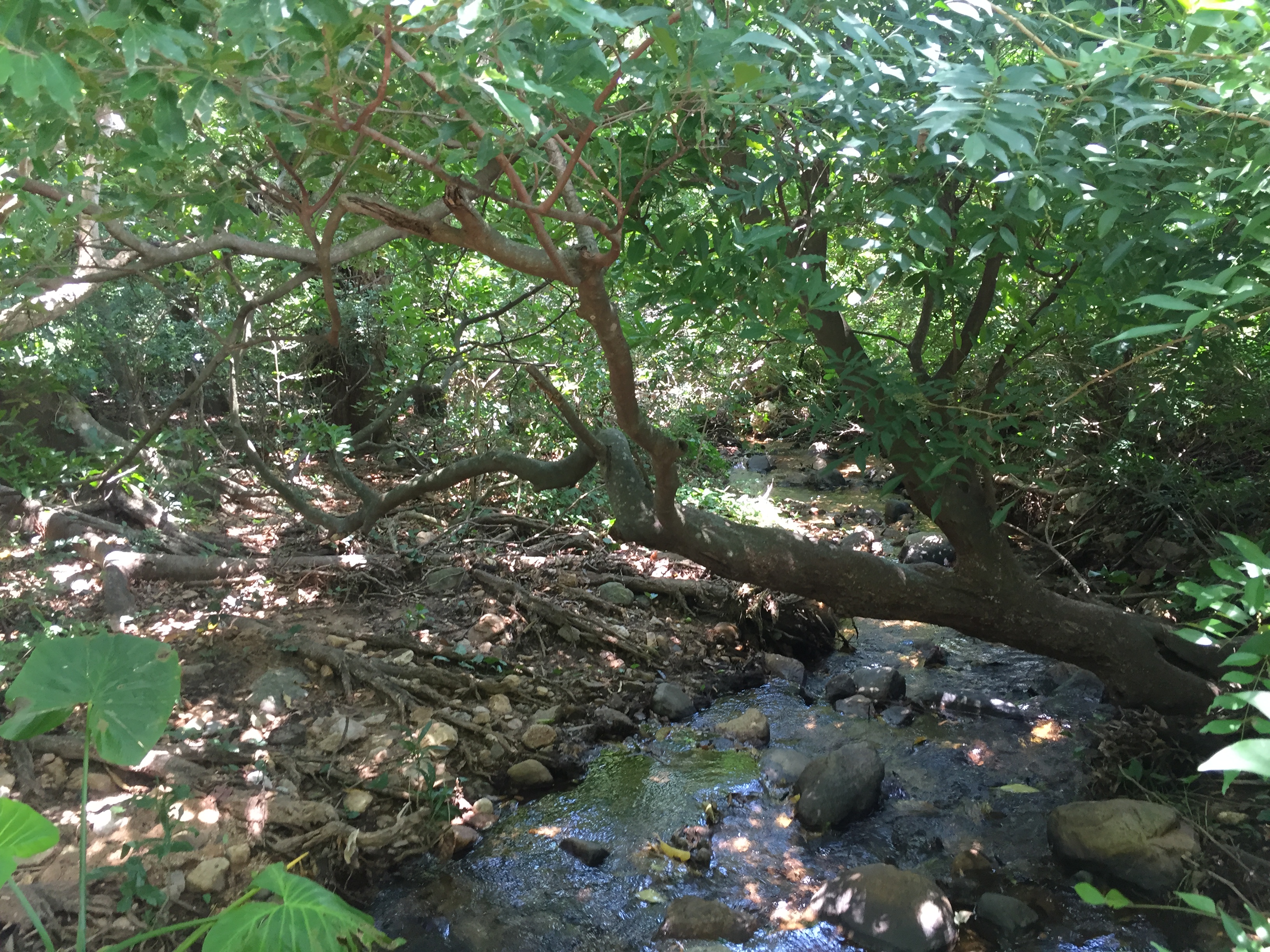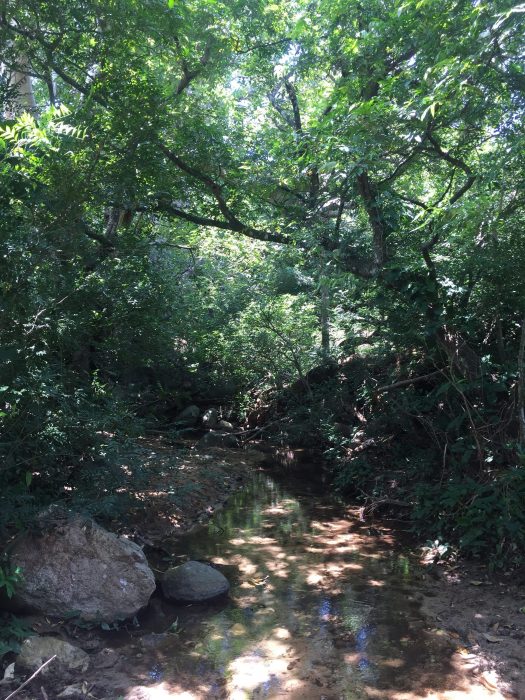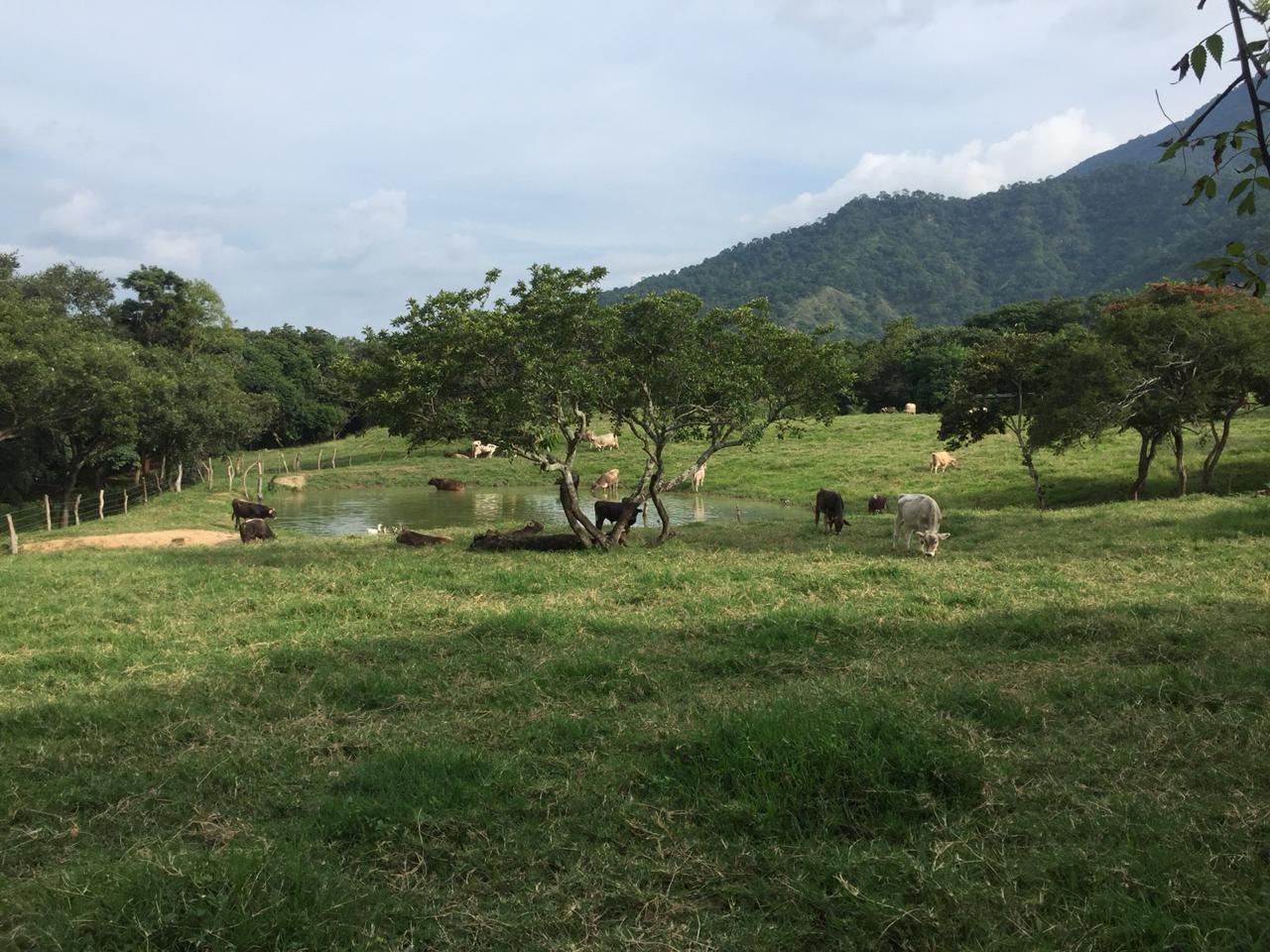Within the framework of the Biodiversity and Sustainable Agrosilvopastoralist Livestock Landscape Project (BioPaSOS), implemented by the Tropical Agricultural Research and Higher Education Center (CATIE) together with the Inter-American Institute for Cooperation on Agriculture (IICA), the Ministry of Agriculture and Rural Development (SADER) and the National Commission for the Knowledge and Use of Biodiversity (CONABIO), research focused on the conservation of biodiversity and the reduction of impacts of climate change on livestock ranches in Jalisco, Campeche and Chiapas, Mexico.

In Jalisco, research on the incidence of forest fires determined that the highest probability of occurrence (69%) is located northeast of the sub-basins of the South Coast, and is associated with the increase of secondary vegetation areas during the 2009 to 2013 period, mainly due to the expansion of areas destined to agricultural production.
In Campeche, a study on deforestation drivers and the impact on the loss of biodiversity in livestock landscapes showed that public agricultural and immigration policies have led to changes in land tenure and favored agricultural activities; being the promotion of extensive livestock one of the main drivers of deforestation.

Also, in Campeche the floristic composition was investigated in different land uses of meat-producing ranches, and their relationship with the productivity index. The results showed that the preserved forests have the greatest richness of plant species, and that there is evidence, in at least two of the ranches sampled, that it is possible to conserve biodiversity and maintain high productivity indexes.
Finally, in Chiapas, a study was carried out that characterized the arboreal component and its relationship with productivity in ranches of La Sepultura Biosphere Reserve. It was found that farmers keep trees mainly for the establishment of live fences, generation of shade, poles, among others. In addition, those ranches with greater tree coverage also had the highest economic income.

At the same time, Chiapas studied the cost-effectiveness of silvopastoral technologies, finding that dispersed trees in paddocks, forage banks, energy fodder banks and live fences are the technologies with the greatest mitigation potential, being also more economically efficient in comparison with other technologies. These findings are relevant and of great importance for the design of Nationally Appropriate Mitigation Actions (NAMAs) for cattle in Mexico.
All research has been developed by students of the CATIE master and undergraduate students of the Autonomous University of Chiapas (UNACH) and is an important source of new knowledge for decision making in the context of livestock production and biodiversity conservation.

